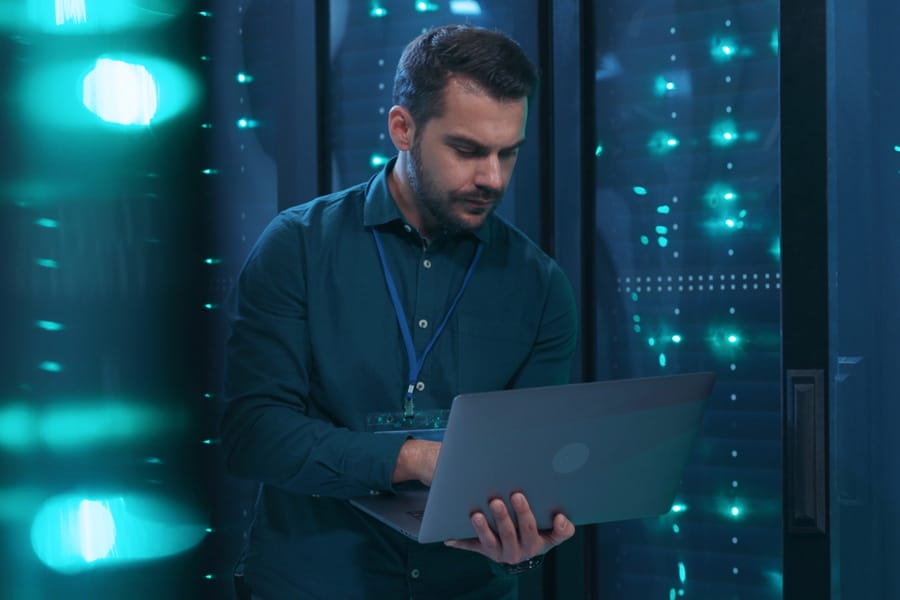Imagine a world where data is seamlessly collected from years-old drawings and project reports to reveal best practices, alternative designs are quickly visualized in 3D renderings and virtual building replicas can predict future maintenance needs to improve energy efficiency.
Consider the time saved when the most mundane tasks—ensuring alignment in floor plans or fine-tuning the text in title blocks or RFPs—are automated to reduce errors and quicken decision-making.
Artificial intelligence (AI) has the potential to revolutionize those activities and every other aspect of the architecture, engineering, construction and operations (AECO) industry, from the initial design to management and maintenance when it’s complete.
With these AI-powered efficiencies, AECO companies can tackle some of the industry’s biggest challenges, including rising interest rates, widening labor gaps and growing sustainability requirements.
Still, despite headlines blaring about the latest advancements, it’s still the early days for AI’s deployment. Navigating this transformative technology can be challenging, requiring a shift in mindset, upskilling of the workforce, robust data management strategies—and caution.
It’s time to cut through the noise about AI for the AECO industry. From knowing the potential applications of AI to implementing AI-driven solutions, firms must understand how to navigate the AI revolution and take advantage of its opportunities.
Different forms of AI
AI is a computer system that’s built to learn. Humans feed the technology information and AI is designed to analyze and solve problems or make decisions with it like a human.
There isn’t just one type of AI. Branches include:
Machine Learning: Humans learn from gaining new information and experiences; machine learning works in a similar way, combining data and algorithms to make decisions on its own.
Natural Language Processing: Natural language processing (NLP) allows computers to understand and generate human language. Amazon’s Alexa uses NLP. So do customer service chatbots.
Generative AI: Generative AI (GenAI) uses machine learning to generate text, graphics, images, software code and audio from a simple prompt. OpenAI’s ChatGPT is a form of GenAI that produces text and code. Midjourney and DALL-E use it to create images.
Predictive Analytics: Predictive analytics rely on machine learning, along with data and algorithms, to predict what might happen in the future. Before AI existed, companies have long used some form of predictive analytics to assess risk, staffing needs, cash flow, profits and other things.
AI Robotics: When paired with AI, robots can operate more independently, adapting to new conditions or information. In the AECO industry, AI robots already are guiding vehicles, plastering walls and monitoring jobsite progress.












